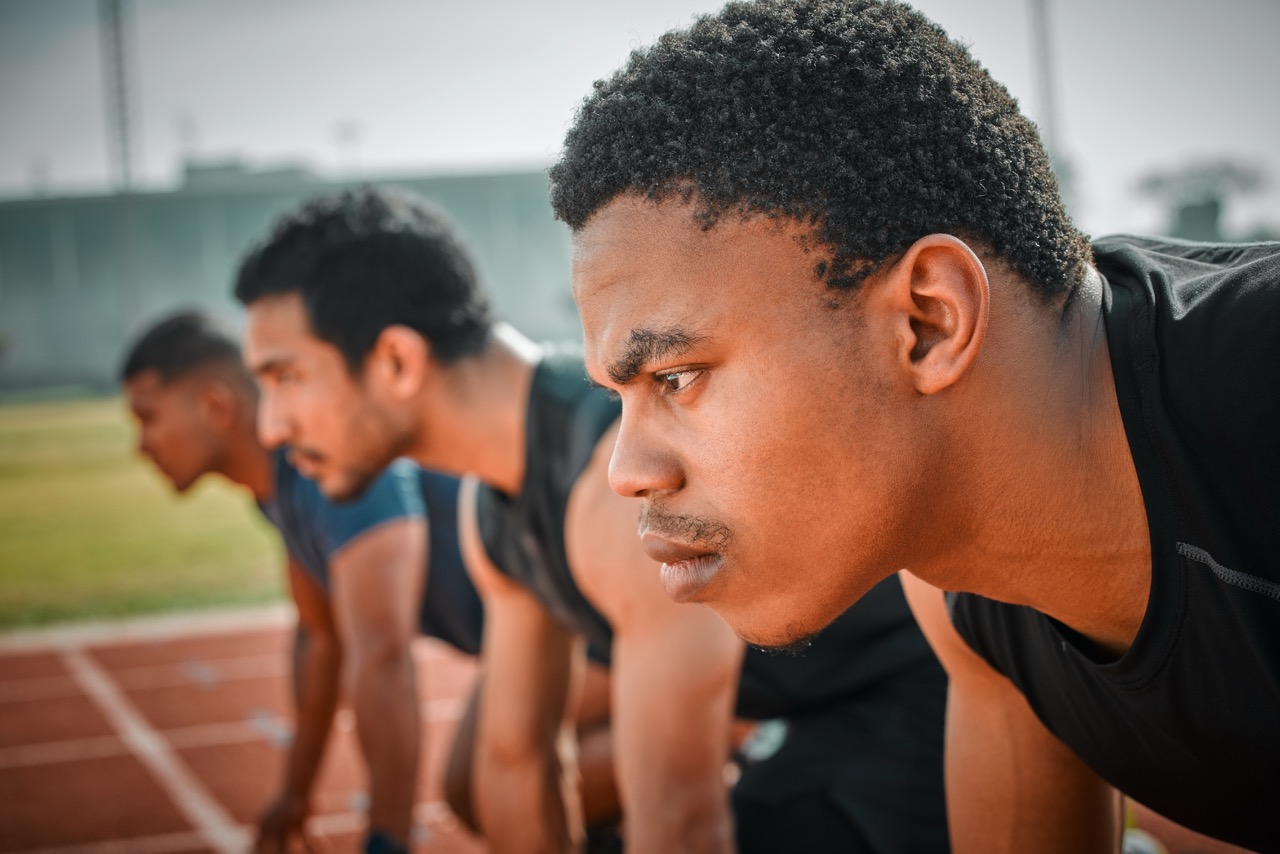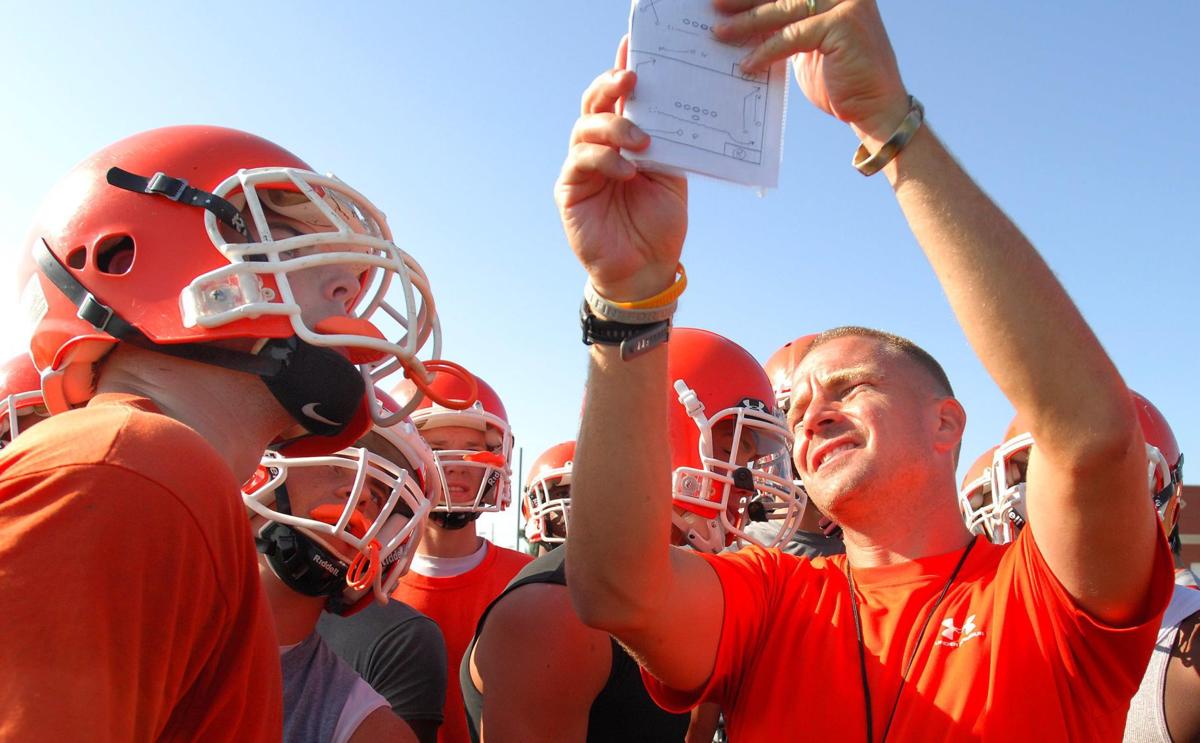The Untapped Power of Visualization: Why Mental Imagery Should Be Your Mindset “Cheat Code”

Are you trying to unlock peak performance in sport, business, or personal development, but feel stuck despite hours of practice or preparation? You could be missing out on one of the most powerful tools for success: visualization.
In Episode 114 of the Mental Mettle Podcast, Coach Matt Thomann and guest Dana Thomann dive deep into why mental imagery—sometimes called visualization—is a performance “brain hack” that’s underused in nearly every field. Backed by science and proven by elite performers, visualization isn’t wishful thinking. It’s a game-changing method to rehearse success, manage anxiety, and accelerate skill mastery.
What Is Visualization—and Why Should You Care?
Visualization is the practice of purposefully imagining yourself succeeding at a specific task or scenario. It’s like daydreaming with a clear objective. Whether you’re running a race, acing a big presentation, or tackling a challenging workout, vivid mental rehearsal activates your brain’s neural pathways almost identically to actual physical practice. The result? You’re more prepared, confident, and adaptable when it counts.
Science Behind Visualization
- Neural Activation & Neuroplasticity: Visualizing skills, movements, or outcomes triggers neural circuits that help build muscle memory and cognitive connections. Your brain doesn't fully distinguish between mental and physical practice!
- Performance Benefits: Studies show that athletes, musicians, and professionals who visualize consistently improve their results—even when their actual physical practice is limited.
- Confidence & Anxiety Reduction: Visualization helps athletes and public speakers mentally prepare for pressure, reduce nerves, and “see” themselves calm, focused, and successful.
Why Visualization Is Still Untapped
Despite its documented benefits, most people don’t leverage visualization enough. Why?
- It Feels Awkward: Mental imagery can seem “woo-woo” or strange—especially if you’re new to it. But remember: nobody knows you’re visualizing except you!
- Lack of Awareness: Many simply don’t know how effective and versatile it truly is. Athletes often focus on physical reps, but mental reps are just as critical for building “mental toughness.”
- Under-Developed Habit: It’s easy, quick, and can be done anywhere—but because we’re used to training the body, not the mind, we often forget to incorporate it.
How Real People Use Visualization—Dana’s Story
Podcast guest Dana Thomann shared how visualization helped her both professionally and personally:
- Professional Success: Before interviews and presentations, Dana visualized herself feeling confident, standing tall, and communicating clearly. She used “power posing” and mental imagery to rehearse not just her words, but her presence and calm.
- Workouts & Habit Change: Dana began visualizing her morning before bed—picture the alarm going off, getting up, feeling energetic, heading to her home gym, and sweating through her workout. This mental dress rehearsal made her far more likely to follow through, even when “snooze” called her name.
- Anxiety Management: By intentionally visualizing the feeling of nervousness and her response to it, Dana found she could stay centered and recover more quickly in difficult moments.
Practical Visualization Tips to Start Today
Ready to experiment? Here’s how to build this powerful skill:
- Identify Your Scenario
- Are you nervous about an upcoming game, meeting, or workout? Pick one area of focus.
- Get Specific
- Don’t just picture a vague “success.” Imagine the steps, sights, sounds, and feelings involved. The more details, the stronger the effect.
- Engage Your Senses
- What will you see? Hear? Feel? Embody your confident posture, tone of voice, or muscle engagement.
- Rehearse Setbacks—Plan Your Response
- Visualization isn’t just about success; rehearse handling adversity, mistakes, or nerves so you’re ready in the real moment.
- Make It a Habit
- 30 seconds before an event, 2 minutes before bed, or during a break between meetings—visualization doesn’t require much time, but consistency pays off.
Visualization in Action: Coaches, Athletes, and Everyday Leaders
Top performers like NBA shooters, pro golfers, and even the famous Blue Angels Navy pilots use visualization to practice high-pressure routines. But you don’t have to be an elite athlete to benefit. Visualization helps:
- Coaches: Teach athletes to “see” success before it happens, helping bridge the gap between practice and performance.
- Parents: Model and encourage mental rehearsal for kids facing tests, auditions, or competitions.
- Professionals: Use mental imagery to prepare for interviews, talks, and any challenge that requires confidence and poise.
Are You Updating Your Mental “Software”?
If you’re not leveraging visualization, you may be missing one of the simplest ways to upgrade your mindset, confidence, and skill level. It’s a performance tool anyone—from students to CEOs—can access at any time.
Ready to unlock your mental edge?
Give visualization a try this week and see how it transforms your results.
For more practical mindset tools, individual coaching, and strategies for peak performance, reach out to Coach Matt Thomann at coachthomann@gmail.com.
Discover the game-changing power of your mind—one mental rep at a time!
Are you ready to forge your mettle?
More From Mental Mettle

Episode 126: Building Mental Strength Take Mental Tools with Jason Drengwitz

Ep. 125: Sleep is Your Mental and Physical Superpower

Sleep: The Hidden Edge for Athletic Performance

Episode 124: The Power of a Player-Led Team with Coach Tyler Erwin

The Compound Power of Consistency: How Small Steps and Grit Unleash Your True Potential

